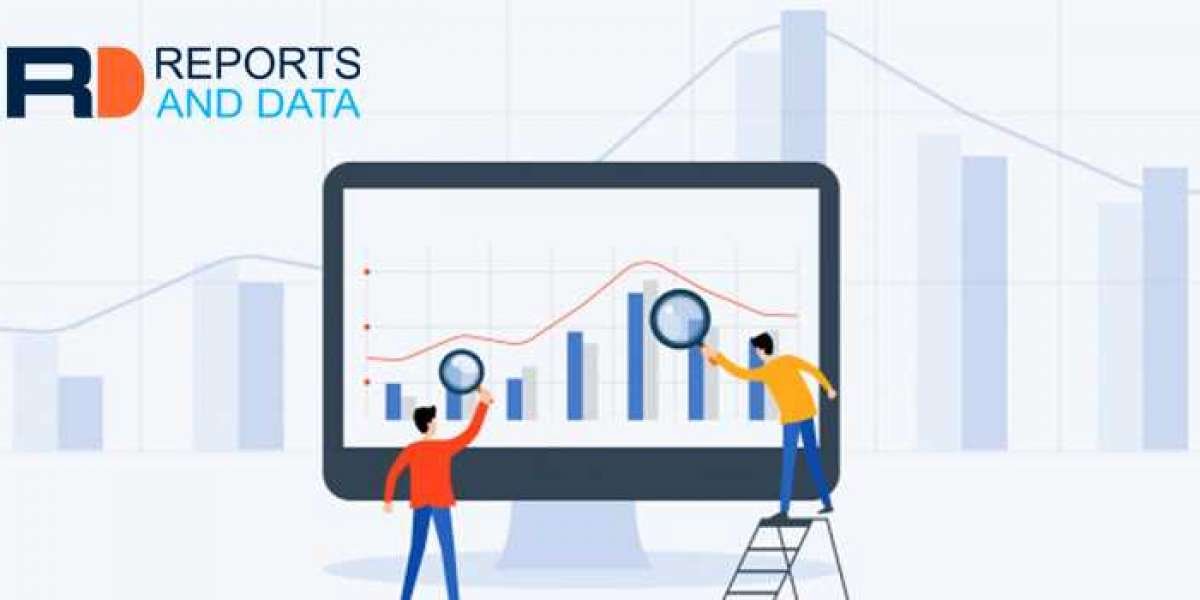What is Invoice Automation?
To automate the payment of supplier bills, businesses utilise automated invoice processing system software, which helps to optimise the accounts payable process. You can quickly process payments by transferring invoice data from a system and seamlessly integrating it into your ERP or accounts payable system. Automation of the processing of invoices is what this is.
Automated invoice processing generally includes automation of:
With the aid of a clever automation system, invoice administration can be effectively managed.
The processing of invoices falls under the purview of accounts payable. The normal procedure comprises timely input of invoice data, production of paper invoices, comparison with purchase orders, and perpetual filing. It's a time-consuming process that makes the office less effective. Mail, fax, email, among other techniques, are used to receive invoices.
For this reason, the application procedure needs to be automated. It is the following stage in the manual processing process. A payables department can speed up the laborious procedure with the aid of artificial intelligence and machine learning.
The creation of an electronic invoice is a step in the workflow automation process. Business operations, particularly the administration of invoices from receipt to delivery, are being transformed by technology. A business can speed up the payables process with the aid of automation.
An automated invoice is processed by a system faster than a manual invoice.
Through AP automation, all of the monotonous duties that an accounting department must perform are carried out by a computer. The straightforward chores can be handled by an intelligent automation system, whether it be price matching, purchase orders, or data entry.
How Does Automated Invoicing Work?
The conventional method of managing invoice documents starts when the accounting department receives a supplier's invoice. At this point, it has been matched and approved. Additional permission is typically needed if the invoice is for a sizable quantity.
Then it needs to be "uploaded" for payment in the system and entered. Then, compensation is given. Depending on the company, the manual invoicing process might frequently involve up to 15 steps. When dealing with numerous invoices, this is a significant amount of time.
Invoicing that is automated goes right to the point. As soon as the invoice arrives, it is scanned and placed into the online accounting programme. This method of data capture, commonly referred to as invoice capture, removes tedious manual data entry.
Benefits of Automated Invoice Processing
The advantages of automated invoicing are numerous. This includes up to 80% in cycle savings from procurement to payment. Additional benefits include:
Reduced error rates. Less manual entry means fewer chances for mistakes.
expedites approval and shortens processing times.
decreases labour costs. More mission-critical tasks will be able to capture the attention of employees.
minimises the amount of duplicate payments and invoices.
Relationships get better. Employees are liberated from menial tasks, and vendors gain from a more open system.


